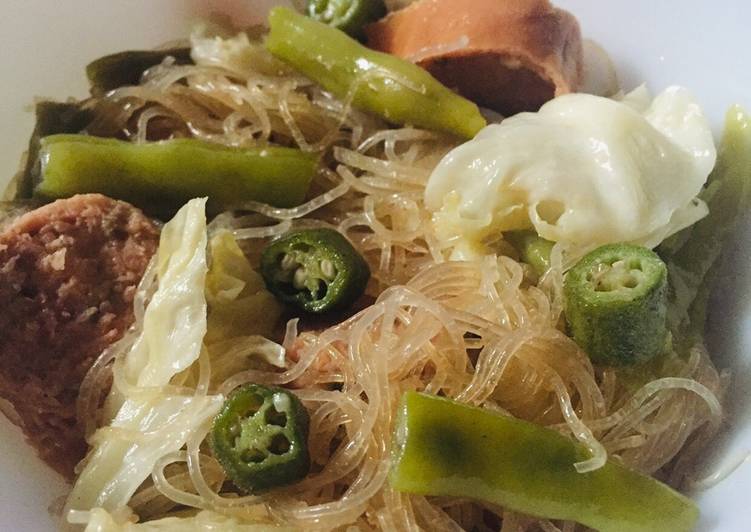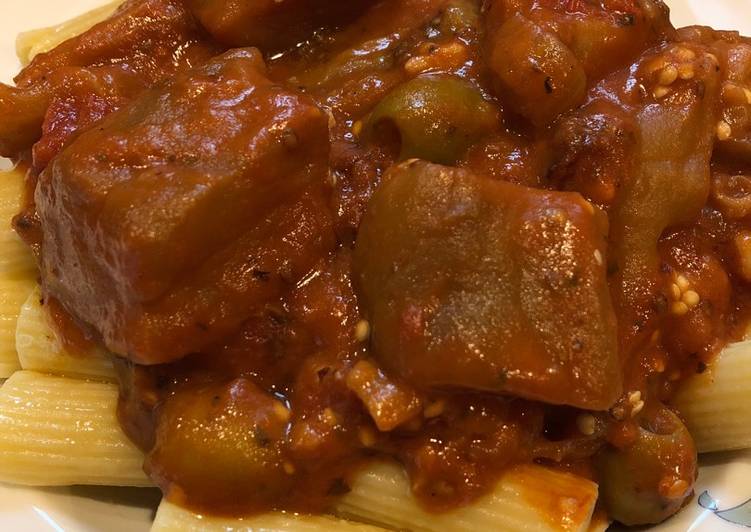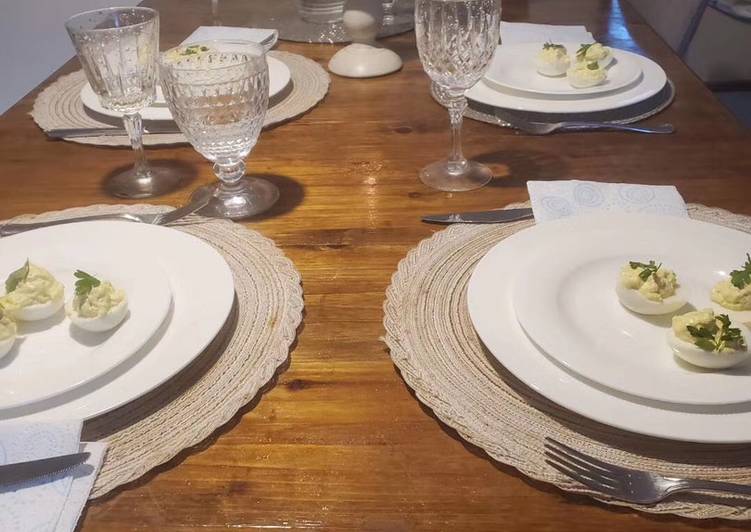
Hello everybody, it’s Louise, welcome to our recipe site. Today, I’m gonna show you how to make a special dish, rice vermicelli with sausages (asian bihon noodles with a twist). One of my favorites. For mine, I will make it a little bit unique. This is gonna smell and look delicious.
Great recipe for Rice Vermicelli With Sausages (Asian Bihon Noodles with a Twist). Throw in some protein and veggies, and with the right seasoning- it can both be filling and delicious! See recipes for Rice Vermicelli With Sausages (Asian Bihon Noodles with a Twist) too.
Rice Vermicelli With Sausages (Asian Bihon Noodles with a Twist) is one of the most popular of recent trending foods on earth. It’s easy, it is quick, it tastes yummy. It’s appreciated by millions every day. They are fine and they look fantastic. Rice Vermicelli With Sausages (Asian Bihon Noodles with a Twist) is something that I have loved my entire life.
To begin with this recipe, we have to first prepare a few components. You can cook rice vermicelli with sausages (asian bihon noodles with a twist) using 16 ingredients and 6 steps. Here is how you can achieve that.
The ingredients needed to make Rice Vermicelli With Sausages (Asian Bihon Noodles with a Twist):
- Prepare prepared rice vermicelli noodles good for 4 servings
- Take Hungarian sausages (or substitute)
- Get small cabbage
- Get small napa/chinese cabbage (oblong)
- Take Green beans
- Make ready Few pieces okra
- Make ready Few pieces baby carrots
- Take long green chilies
- Get garlic head, finely chopped
- Prepare Butter
- Prepare light soy sauce or Worcestershire
- Prepare oyster sauce
- Prepare Cooking oil
- Take Hungarian sausage broth
- Make ready Water
- Take Salt
What is the origin of pancit? In the Philippines, pancit (also spelled pansit) are noodles. Noodles were introduced to the country by Chinese traders and have since been widely adopted into the local Filipino food. The name of pancit comes from the Hokkien words pian e sit which can be translated to "something.
Steps to make Rice Vermicelli With Sausages (Asian Bihon Noodles with a Twist):
- NOODLES: Prepare rice vermicelli noodles according to package instructions (Or soak in hot/boiling water until it slightly softens. note: this is not like spaghetti where you boil it in a pot full of water. Place just enough water for noodles to absorb it.)
- NOODLES: When slightly soft and water has been asborbed, transfer to a pan in low heat. Add a bit more water and mix in the soy sauce and oyster sauce. Mix well with spatula, cook until soft and not sticking together. Color should be lightly golden now. You can add more water-soy sauce-oyster sauce combo if you still see white noodles. Set aside.
- SAUSAGES: Cook Hungarian sausages in water, more than half submerged. If frozen, about 13 mins. DONT THROW AWAY the water/broth you boiled it in, set it aside. Remove and slice sausages, set aside.
- VEGGIES: Slice or roughly chop all veggies into bite sizes pieces. Set aside.
- VEGGIES: In a pan, sauté garlic in oil and butter until slightly golden. Sauté in veggies, beans-okra-carrots then last to go in are the cabbage slices. Season with salt. Taste and set aside.
- PLATING: Toss together a serving of noodles, a scoop of veggies, slices of hungarian sausage, and a drizzle of the sausage broth. Enjoy!
Rice vermicelli are a part of several Asian cuisines, where they are often eaten as part of a soup dish, stir-fry, or salad. One particularly well-known, slightly thicker variety, called Guilin mǐfěn (桂林米粉), comes from the southern Chinese city of Guilin, where it is a breakfast staple. Rice vermicelli is widely known in Asia by cognates of Hokkien. In East Asian countries including China, vermicelli is often made using rice in the shape of thin noodles. They are called bihon (bee hoon) or mai fun in China.
So that’s going to wrap it up for this exceptional food rice vermicelli with sausages (asian bihon noodles with a twist) recipe. Thank you very much for your time. I am confident that you will make this at home. There’s gonna be more interesting food in home recipes coming up. Don’t forget to bookmark this page on your browser, and share it to your loved ones, colleague and friends. Thanks again for reading. Go on get cooking!

